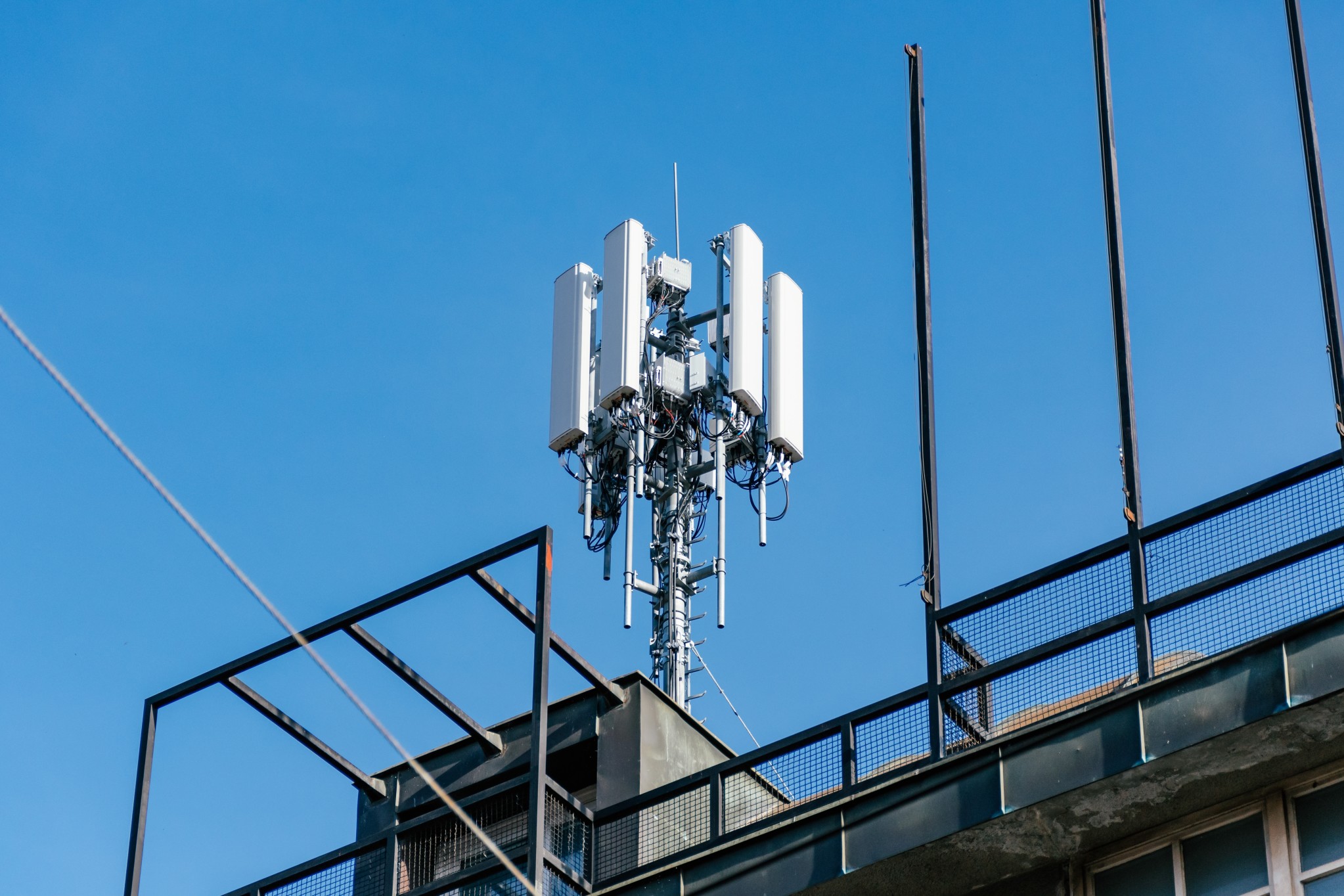If you've ever been through a town, you may have seen tiny 5G cell towers on street light poles. They look like little boxes however they're actually sending wireless signals from mobile providers to your phone.
The smaller ones are being replaced by larger specially-designed cell towers. While they're less noticeable, they still can cause problems for people.
The FCC's Radiation Exposure Thresholds
The FCC's Radiation Exposure Thresholds define the safe limit at which an individual can be exposed to electromagnetic energy generated by wireless devices. The exposure limits are based on scientific data that show that RF energy could be harmful to human health.
The absorption rate specific (SAR) is a measure of the radiofrequency energy absorbed by tissue. It's usually 1.6 milliwatts per kilogram spread over a kilogram of tissue.
But, since 5g operates at higher frequencies this could be able to increase the intensity of energy on the skin and other directly-exposed body parts. This can lead to a wide range of possible harms, like the development of skin diseases such as dermatitis and cataracts and skin cancer.
Because of the potentially negative effects of 5G radiation, PSU has chosen to create a general limits on power density, which is 4mW/cm2 measured over 1 cm2, and never to exceed 30 minutes, for the entire 5G spectrum at 3000 GHz. This limit for localization is in line with the highest SAR spatial-average of 1.6 W/kg, which is averaged over 1 grams of tissues at six GHz.
The FCC's Maximum Exposure Thresholds for Maximum Exposure
If you've ever used a cell phone, you probably know that the safest distance from the tower should be at least 400 meters. This is because the transmitting power of the cell tower is significantly increased the farther the tower is.
While this sounds like a good idea but the truth is that people who live close to towers may actually be more vulnerable to health problems. For example, a study from 2014 in India discovered that people who lived within 50m of cell towers experienced significant more health issues than those who were distance from them.

However, this study also revealed that those who relocated into areas farther away from cell towers experienced their symptoms improve within a couple of days. Another study has shown that exposure to high amounts of electromagnetic field radiofrequency (EMFs) could cause cancer, brain tumors and other health issues.
This is because RF radiation, which is used in wireless communications, may penetrate the human body's outer layer of skin. It is crucial to know since the skin serves as a barrier to protect against mechanical injury, infection by pathogenic microorganisms, and entry of toxic substances. The skin is the most important organ of the human body, and is responsible for protecting other organs.
what is a safe distance from a cell tower are based on a variety of assumptions that are not supported by scientific evidence. https://mathews-browne.hubstack.net/what-is-the-safest-distance-from-your-5g-cell-tower-system-1682758487 include the false belief that exposures of a short duration to RF radiation are safe because of the minimal penetration into the body (i.e. the heating of tissues).
This assumption does not take into account the more extensive penetration of ELF components of modulated RF signals, as well as the effect on the body of short bursts from pulsed RF waves. These assumptions do not correspond with current understanding of the biological effects of RF radiation. Therefore what is a safe distance from a cell tower shouldn't be used for health protective exposure standards.
Furthermore to that, ICNIRP and FCC restrict their limit of exposure to the local SARs based on the maximum spatial specific absorption rate (psSAR) that is not a sufficient dosimetric tool to assess the amount of radiation exposure. In particular the psSAR tool is not accurate when frequencies exceed 6 GHz. Furthermore, psSAR has not been tested for RF radiation exposed to other environmental agents , such like sunlight. The interactions of RF radiations with different environmental agents could cause synergistic or antagonistic effects. This can lead to the risk of having adverse health effects. For instance, exposure to RF radiation along with exposure to sunlight can increase the risk of developing skin cancer, and may also exacerbate other skin conditions like acne.
